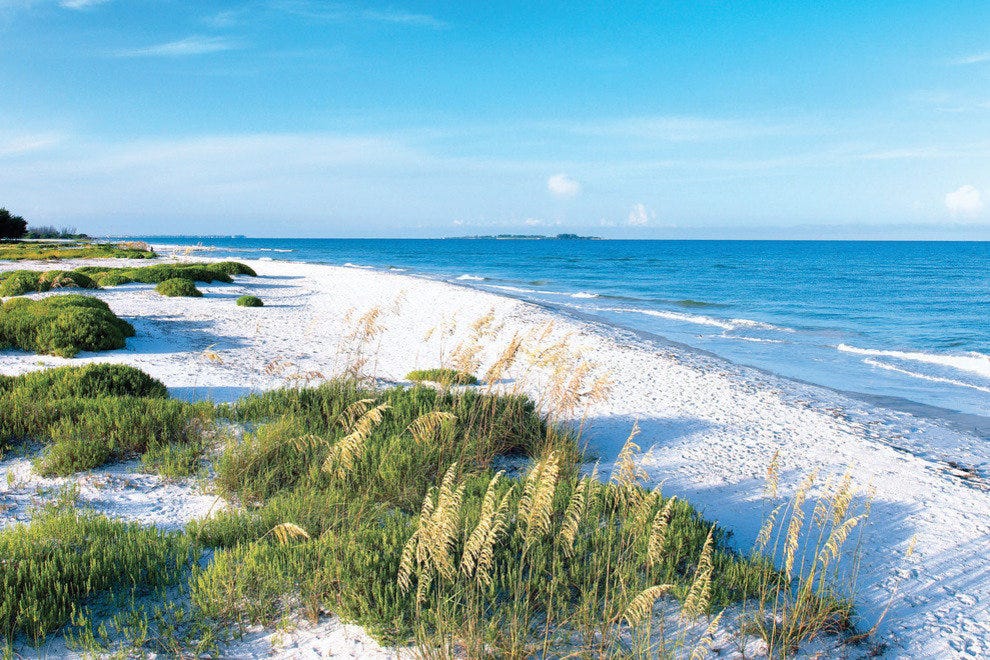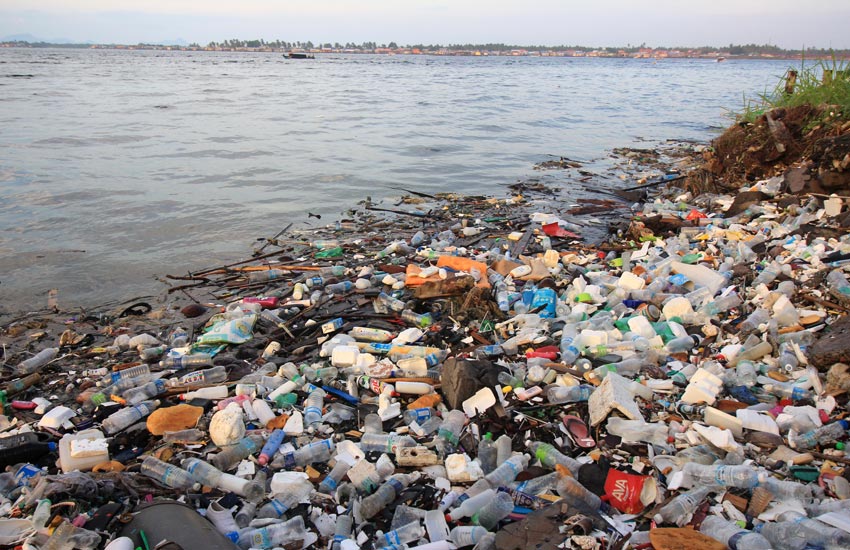 Just when tourists are fleeing the chilly north to get their fix of sunshine, some of Florida’s famous beaches are being flooded not with visitors, but with polluted water from the interior of the state cities.
Just when tourists are fleeing the chilly north to get their fix of sunshine, some of Florida’s famous beaches are being flooded not with visitors, but with polluted water from the interior of the state cities.
The Florida Department of Environmental Protection is the state’s lead agency for environmental management and stewardship – protecting the air, water and land. The vision of the Florida Department of Environmental Protection is to create strong community partnerships, safeguard Florida’s natural resources and enhance its ecosystems. The agency works in cooperation with the Florida Section of the American Water Works Association (FS/AWWA), the Florida Water Environment Association (FWEA), the Florida Department of Environmental Protection (FDEP), the Florida Department of Health and the Florida Educational System.
The Florida office is dedicated to curbing the widespread contamination of Florida waters by sewage, fertilizer, and manure. This pollution, which contains high levels of phosphorus and nitrogen that skew the natural balance of aquatic ecosystems, results in toxic algae outbreaks that cover waterways with green slime and cause rashes, breathing problems, stomach disorders, and even death.
Groundwater in the Floridan Aquifer is the source for more than 1,000 springs in North and Central Florida. It also provides water for over 90 percent of the people who live there. Even though this water lies hundreds of feet below the ground, it is unfortunately not entirely protected from sources of pollution at the surface.
Research suggests that, even at safe levels, air pollutants can harm your health. By 2010, the Clean Air Act of 1970 called for the U.S. to reduce total emissions of six principal air pollutants by more than 41 percent. From a recent official report Florida has a water pollution problem, and some Tampa Bay companies are among the worst offenders. In the last 21 months, according to Environment Florida, polluters have violated the Clean Air Act a number of times.
This is why it is so important to have waste management services in place in Florida, so that they can help residents and businesses with their junk removal and hazardous materials disposal requirements. They can rent a bin or a roll-off dumpster container so that they can discard all their junk in one go. Note that is case of hazardous materials, state and federal laws may apply so such toxic substance that could be dangerous to the ecosystem.
The Florida Senate has passed a bill that would require the state Department of Environmental Protection to promptly notify the public after a pollution spill occurs. Phosphorus pollution is surging in Florida waterways and across North America according to scientists. A new study finds coastal waters and water supplies along a fifth of U.S. coasts are vulnerable to pollution from hidden underground water transfers between oceans and land.
The Suwannee River Basin is North Florida’s most egregious example of agricultural-induced nutrient pollution and algae proliferation. Intensive agriculture and silviculture are the dominant reasons while pollution and hazardous waste accumulation is increasing. Since enterococcus bacteria are indicators of the same types of pollution as fecal coliform bacteria, this did not affect the safety of Florida Residents. At this time sampling in the northern parts of the state is also suspended during the winter months, November through February.
